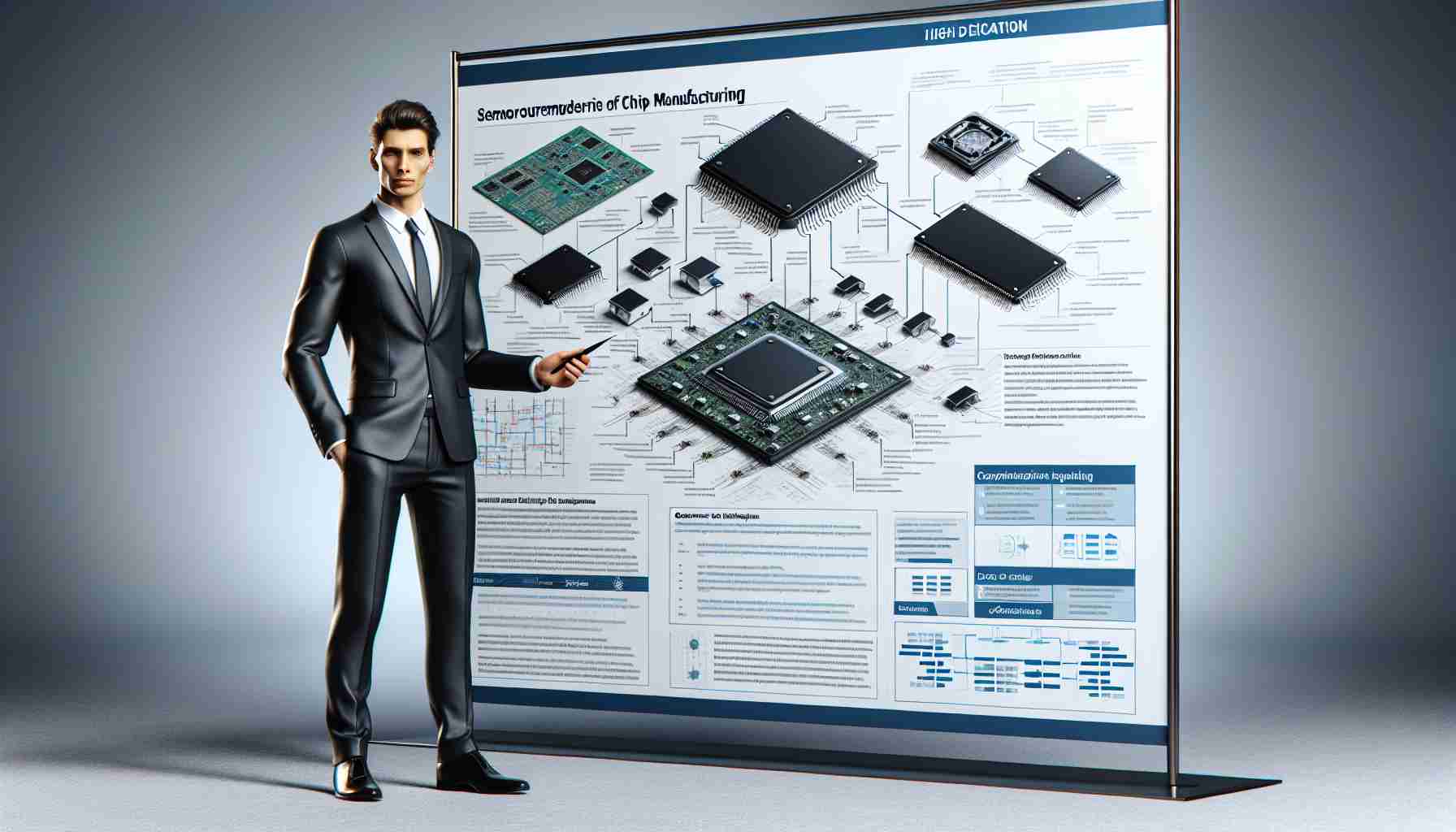In a recent statement, Huawei’s rotating chairman, Zhijun Xu, admitted that the deficiencies in China’s chip production technology pose a challenge for the company. This revelation marks a notable moment for the tech giant, as it openly confronts the limitations it faces in developing cutting-edge computing products.
Xu emphasized that the existing constraints in semiconductor manufacturing significantly impact Huawei’s aspirations for innovation and advancement in technology. The admission reflects a broader concern within the industry regarding the competitiveness of Chinese firms in the global market, particularly under the expanding influence of international trade regulations and technological sanctions.
As Huawei seeks to strengthen its position in advanced computing, this acknowledgment underscores the urgency for the company to explore alternative strategies. This may involve increased collaboration with overseas firms, investment in research and development within China, or efforts to cultivate local chip manufacturing capabilities.
The landscape of the tech industry is rapidly changing, and companies like Huawei must adapt to navigate these challenges effectively. As the competition intensifies, Xu’s candid reflection serves as a call to action for the organization to innovate and overcome the hurdles presented by the current semiconductor shortage.
Ultimately, how Huawei responds to this challenge could significantly influence its future trajectory and its role in the global technology arena.
Huawei’s Chairman Acknowledges Chip Manufacturing Challenges: A Broader Perspective on the Semiconductor Landscape
In a landmark acknowledgment of the hurdles facing the company, Huawei’s rotating chairman, Zhijun Xu, has shed light on the pervasive challenges within China’s semiconductor manufacturing sector. His statements have ignited discussions not only about Huawei’s future but also about the broader implications for the global tech industry.
Key Questions and Their Answers:
1. What specific challenges does Huawei face in chip manufacturing?
– Huawei grapples with a lack of advanced fabrication technologies, particularly in the production of 5nm and smaller process nodes. These constraints hinder the company’s capability to produce high-performance chips required for smartphones and other advanced computing devices.
2. How do international sanctions impact Huawei’s chip manufacturing?
– Ongoing sanctions, particularly from the United States, severely limit Huawei’s access to essential semiconductor manufacturing technologies and equipment. This has forced the company to seek alternative sources and strategies for chip development.
3. What are Huawei’s strategies for overcoming these challenges?
– To mitigate the impact of supply chain disruptions, Huawei is focusing on investing in domestic research and development, increasing collaboration with Chinese semiconductor firms, and exploring partnerships with non-Western nations that may offer alternative technology access.
Key Challenges and Controversies:
The challenges facing Huawei extend beyond technological limitations. The geopolitical tensions surrounding the tech industry, particularly between China and Western nations, contribute to a volatile environment for semiconductor production. Moreover, the potential for increased competition from other Chinese tech firms entering the semiconductor space creates both opportunities and threats.
There is also ongoing controversy regarding trust and security, particularly related to Huawei’s past scrutiny by foreign governments, which may impact both partnerships and market acceptance of its products.
Advantages and Disadvantages of Huawei’s Current Strategy:
Advantages:
– By investing in local capabilities, Huawei may enhance national technological sovereignty and resilience against foreign pressures.
– Collaborating with domestic firms can lead to innovative solutions and a strengthened supply chain.
Disadvantages:
– Relying heavily on local manufacturing may not meet the quick innovation cycles necessary in the global market.
– The isolation from advanced technologies could hinder Huawei’s ability to compete effectively on a global scale.
Conclusion:
As Huawei navigates these multifaceted challenges, the company’s response will likely shape its future in the global tech landscape. The path forward is fraught with complexities, but it also presents unique opportunities for innovation and growth within the semiconductor domain.
For more insights on the subject, visit Huawei’s official page and stay updated on developments in technology and manufacturing challenges.























